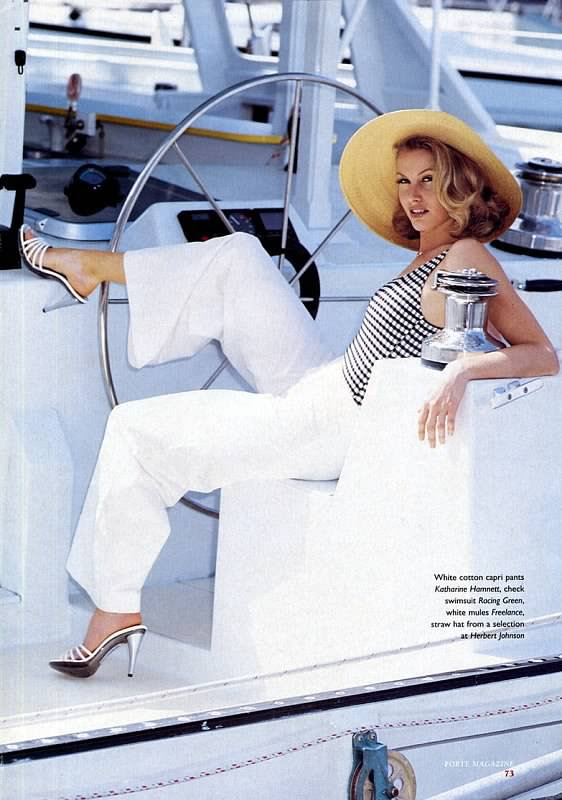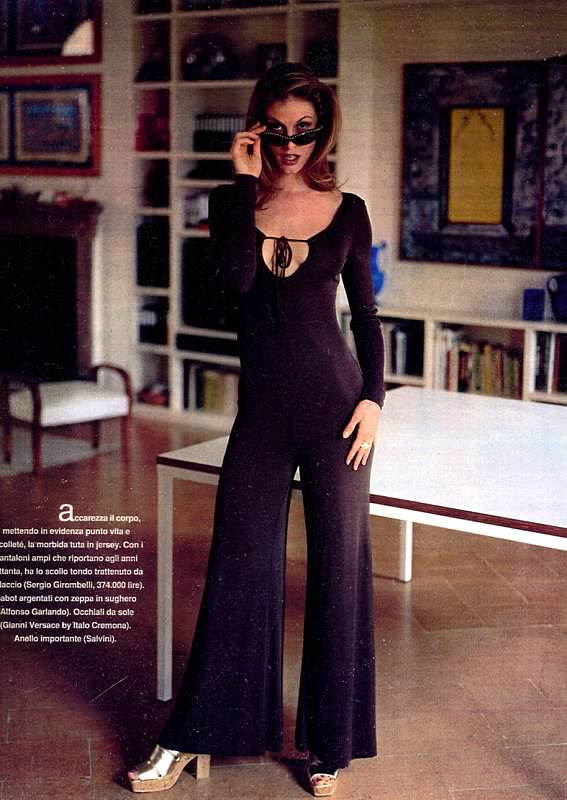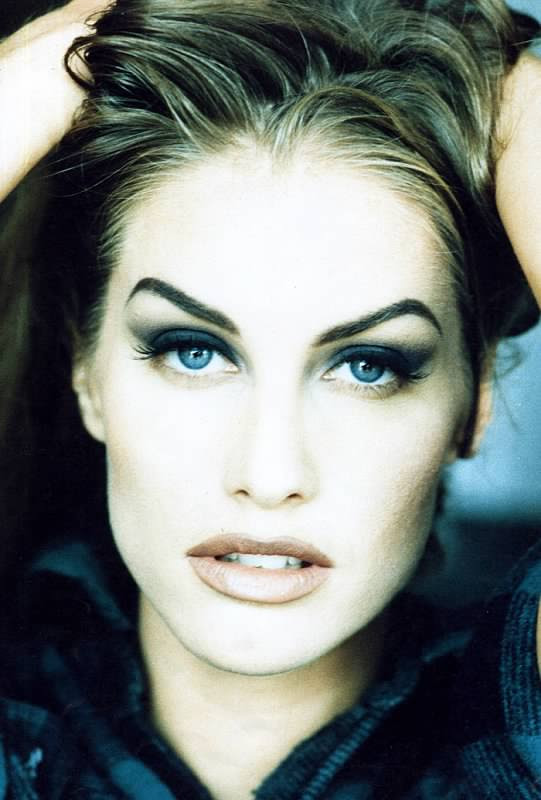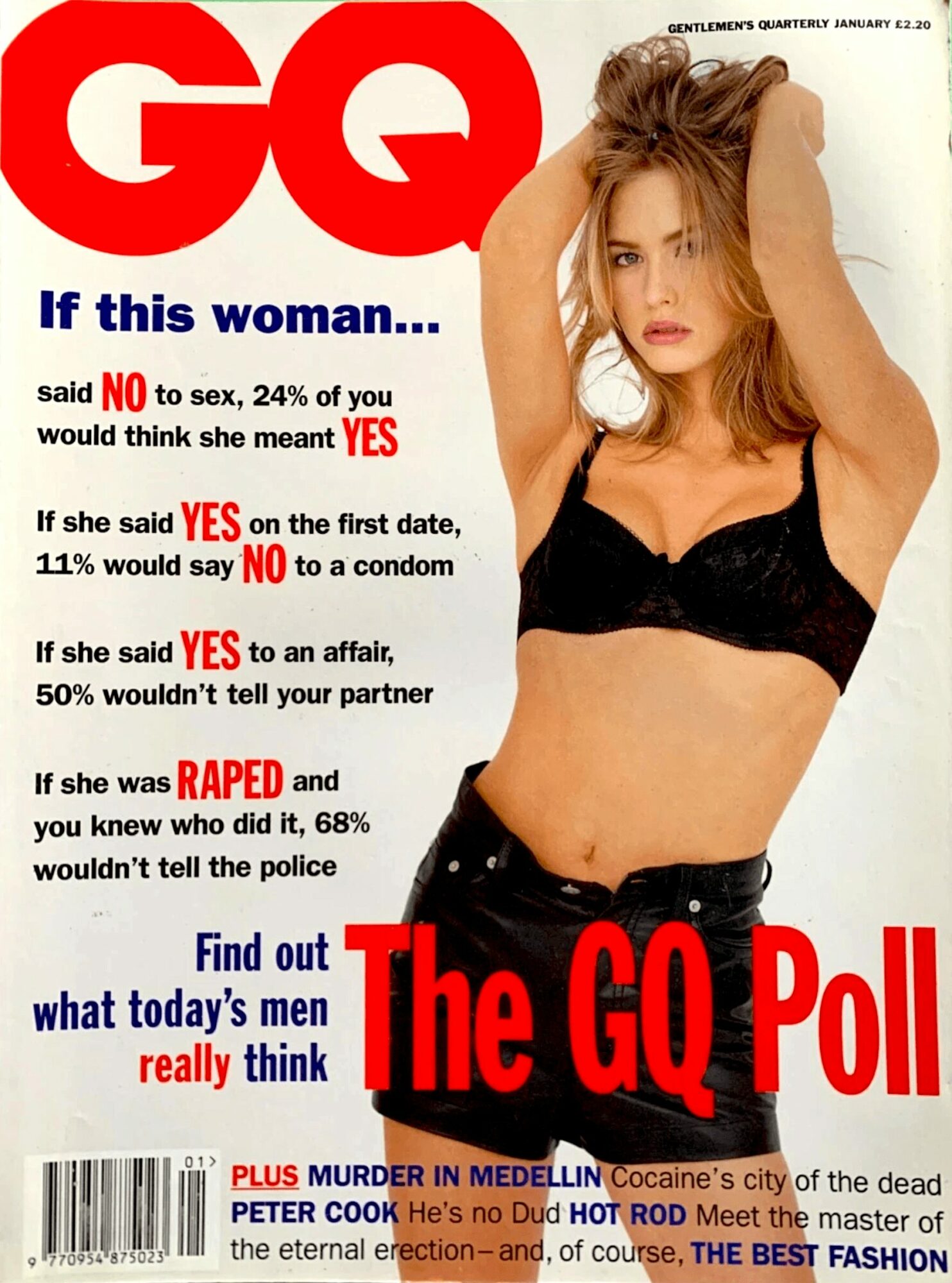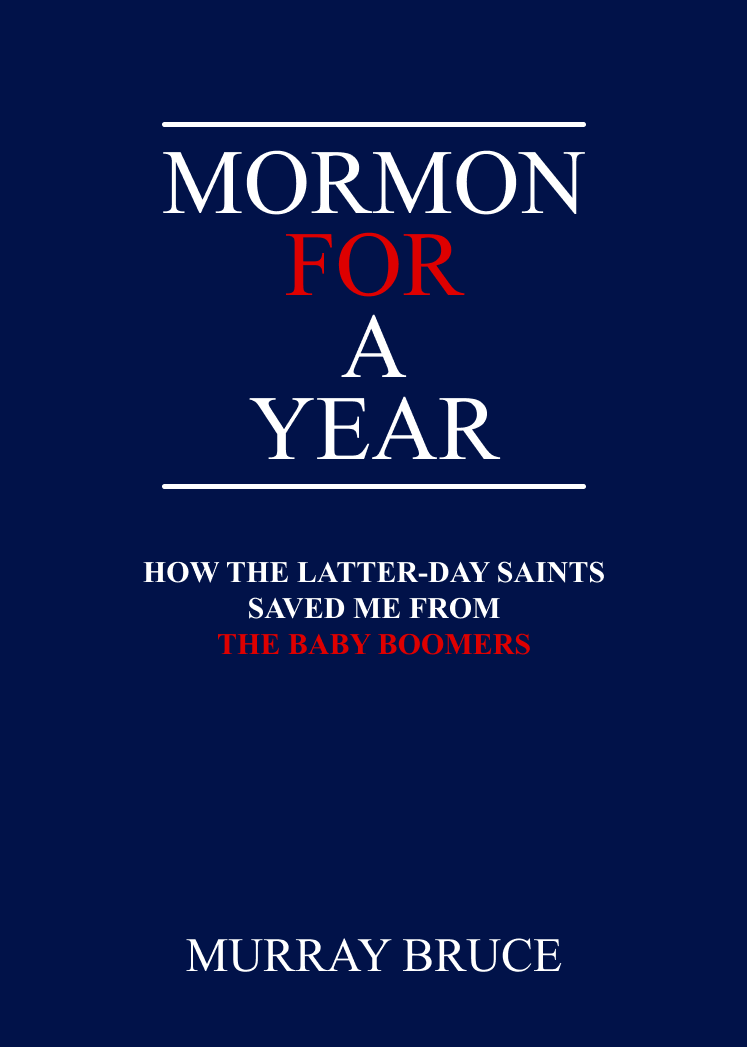

Today we’d like to introduce you to Mark Oliver.
Hi Mark, can you start by introducing yourself? We’d love to learn more about how you got to where you are today?
I was born in Hampshire, United Kingdom, and raised in a household that blended French culture with English sensibilities. My early passion for art and design led me to the prestigious London College of Communication, where I began my professional journey at the age of 19.
After graduating with a Bachelor of Arts (Honors) degree in 1993, I quickly established myself in London’s publishing scene. I spent several years designing, illustrating, photographing, and writing for high-profile titles, including GQ Magazine.
My personal life shifted when I met and married my wife—a well-known international fashion model working across Paris, Milan, and London—after we were introduced at a friend’s art gallery. With a family soon started, we made the pivotal decision to relocate to Marin County, near San Francisco, positioning ourselves close to the booming internet industry.
Utilizing my professional design experience gained in London, I rapidly became one of the highest-paid product designers in Silicon Valley. During this period, I was so focused on my work and entrepreneurial endeavors that I famously turned down offers to join Google over 17 times. Simultaneously, I became deeply interested in property investing and trading, eventually owning several homes in California and Nevada.
Though my professional path was focused on design, the seed of writing had already been planted through film scripts for Creative Artists Agency, a short movie that played at Europe’s largest independent film festival, and my editorial work for GQ. This passion reignited when, encouraged by a Mormon friend in Utah, I decided to tackle my first book. Disillusioned with the direction California was headed, I moved my family to Utah and began writing my debut, “Mormon For A Year.”
We all face challenges, but looking back would you describe it as a relatively smooth road?
I want other Gen Xers out there to benefit from my own experiences growing up in Europe, living in California, and eventually settling here in Pleasant Grove, Utah.
How did a drug addict from London end up as a Mormon priest in Utah County? My story is a gripping journey from a toxic Baby Boomer upbringing to unexpected redemption through the wisdom of the Latter-Day Saints.
I, Murray Bruce (a pseudonym), am an author and entrepreneur who was born in Hampshire, South East England. From being a track star to being held in a French jail for no good reason, life has certainly had a strange path for me. After writing film scripts for Creative Artists Agency and numerous editorial articles for Condé Nast Publications and other London magazines, I’ve finally finished my first book: “Mormon For A Year.”
After facing my sister’s breakdown and several near-fatal events, I began to rebuild my life with help from my wife, my children, and my Mormon friends here in Utah. My personal growth story reveals how anyone can overcome family trauma and set essential boundaries against manipulation.
Following a discussion of my life story with the local bishop and a high school principal in Utah County, I was encouraged to write a book detailing those experiences.
Appreciate you sharing that. What else should we know about what you do?
My professional life has always been defined by the intersection of creativity and high-stakes problem-solving. For three decades, I primarily worked as a Senior Product Designer and strategist—first in London’s magazine industry and later in Silicon Valley, where I rose to become the Director of User Experience at the region’s most powerful company. My specialty was, and remains, Interaction Design: taking complex, often chaotic, workflows and shaping them into simple, elegant digital interfaces. I was known for being the versatile generalist who could zoom out to define the entire user journey, then zoom right in to execute the pixel-perfect solution in Figma for clients like Google and Wells Fargo.
What truly sets me apart, however, is the unorthodox path that led me from the hustle of London and the executive suite in California tech to my current home in Pleasant Grove, Utah. My greatest professional satisfaction is my continuous ability to deliver high-impact design work, but my proudest accomplishment is using those life experiences—the triumphs of my career, the deep lows of addiction, and the bizarre nature of my family’s drama—as the foundation for my book, Mormon For a Year. That book, born right here in Utah, is the ultimate documentation of my journey: a Gen Xer’s quest for redemption, ultimately proving that profound personal transformation is possible, even when facing the deepest trauma.
In terms of your work and the industry, what are some of the changes you are expecting to see over the next five to ten years?
My career was built on the premise that technology should simplify human life. As a User Experience Design Director for some of the biggest tech players—and an independent consultant for clients like Google and Wells Fargo—my job was to command the entire product lifecycle: from the C-suite strategy meetings to the final, pixel-perfect component execution in Figma.
The supreme irony is that my ability to see through that corporate chaos led me to my most dangerous project: my book, Mormon For a Year. I used a pseudonym because the book is brutally honest; it exposes the bad practices, toxic culture, and manipulative tactics not just in the software industry, but specifically among the Baby Boomers who founded, own, and run most of these powerful Silicon Valley companies. If my former colleagues or current fellow professors knew I authored it, my career in that world would rapidly come to an end.
Now, I’ve channeled that disruptive energy into teaching the next generation of designers. I recently stepped away from the corporate grind to focus on this mission, where I specialize in preparing students for the inevitable shift toward Artificial Intelligence (AI). I teach them that routine design work will be automated; therefore, their true value lies in deep empathy, strategic ambiguity resolution, and storytelling—the human skills AI can’t replicate. My book, which I wrote without the help of AI, is the ultimate example of this human value: a raw, messy, and complex memoir that proves the highest-impact work is often the most authentic.
Contact Info:
- Website: https://mjoliv.dribbble.com/
- LinkedIn: https://www.linkedin.com/in/mod71/
- Other: https://a.co/d/alnhSXn


